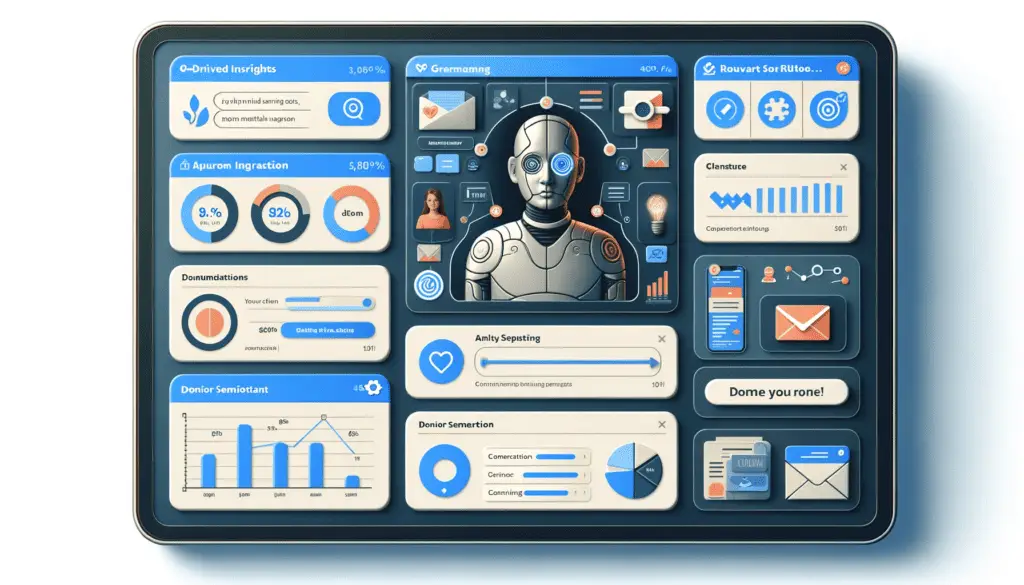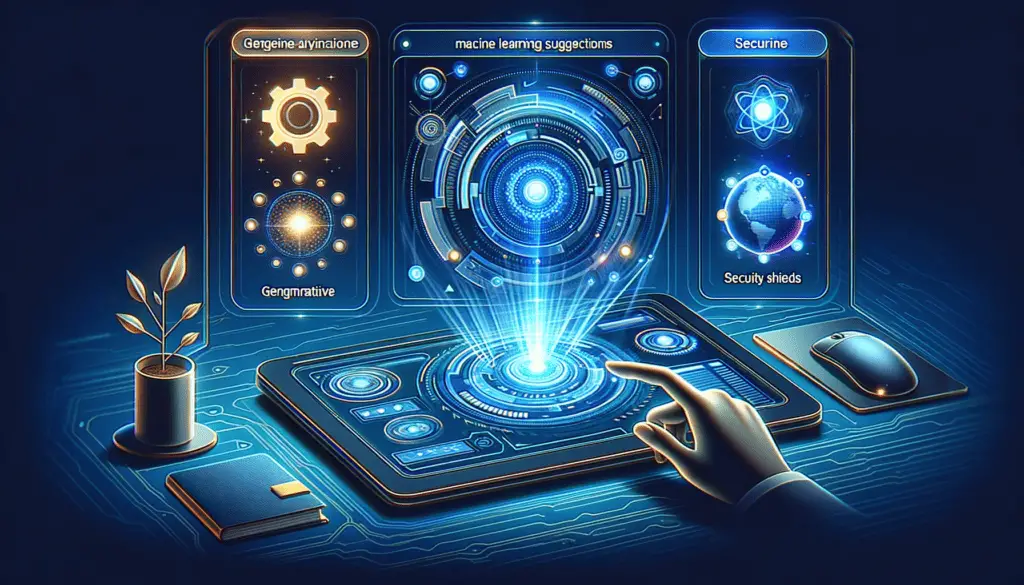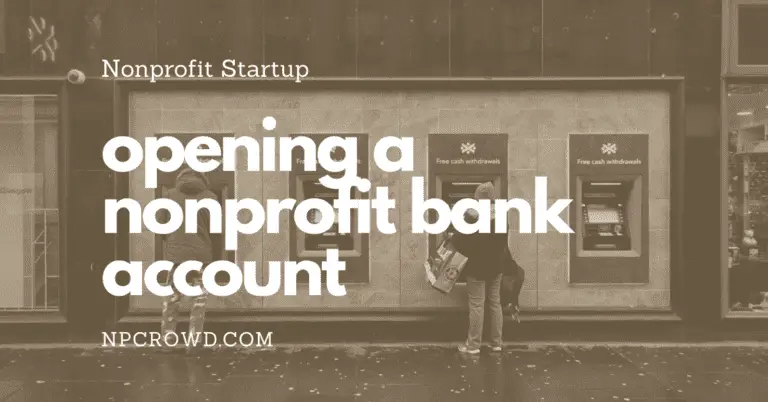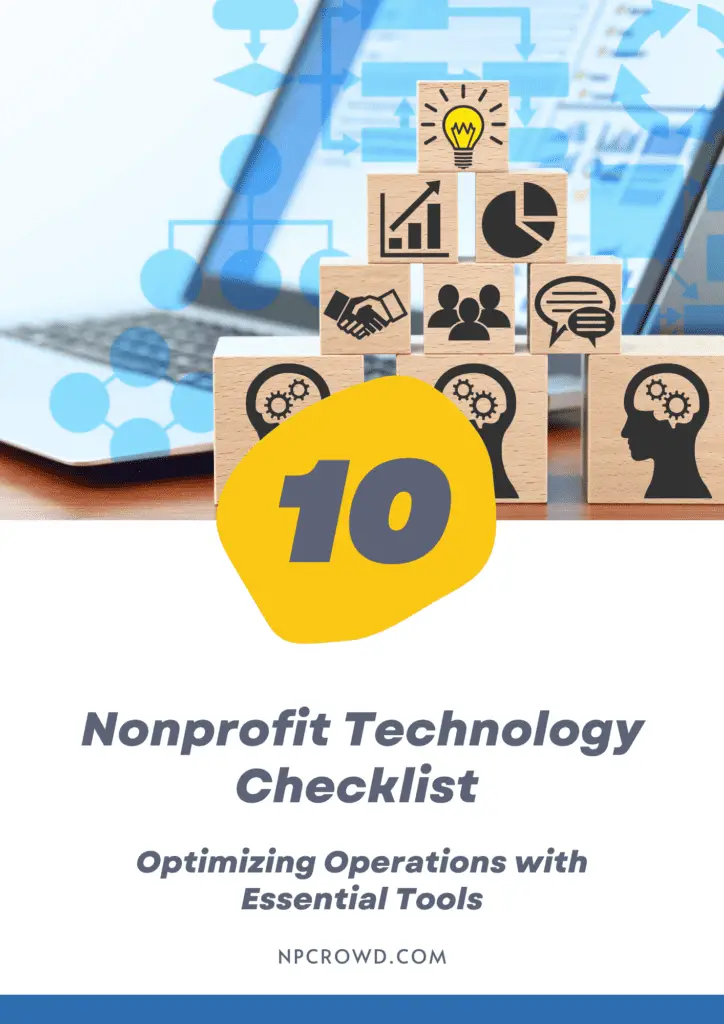The Evolution of CRM Systems in the Nonprofit Sector
Disclaimer: This post may contain affiliate links. These links, if used and purchases made, we may earn a small commission. These affiliate programs do not impact the recommendations we make or the resources we refer you to. Our focus is on providing you the best resources for your nonprofit journey.
Customer Relationship Management (CRM) systems have become an indispensable tool for nonprofits worldwide. These platforms, designed to manage and analyze interactions with stakeholders, have undergone significant transformations over the years. Let’s embark on a journey through time to understand the evolution of CRM systems in the nonprofit sector.The Early Days of CRM:
In the initial phase, CRM systems were rudimentary. Nonprofits relied on manual databases, often maintained in physical ledgers or basic digital spreadsheets. These systems were primarily about data storage, with little to no features for data analysis or automation.
Challenges were abundant:
- Limited data storage meant that older records were often discarded to make room for new ones.
- The lack of automation meant hours spent on manual data entry, increasing the chances of human error.
- These early systems offered no insights into donor behavior, making it challenging to strategize fundraising campaigns effectively.

The Rise of Digitalization:
As the digital revolution took hold in the late 20th century, CRM systems began to evolve. Software solutions became more sophisticated, offering nonprofits a range of features that went beyond mere data storage.
Key advancements included:
- Automated Email Campaigns: Nonprofits could now set up and send automated emails, streamlining communication efforts.
- Donor Segmentation: CRMs began to offer features that allowed organizations to categorize donors based on various criteria, enabling more targeted fundraising efforts.
- Integration Capabilities: CRMs could now be integrated with other digital tools, enhancing their functionality and efficiency.

Modern CRM Systems:
Today’s CRM systems are a far cry from their predecessors. They are tailored for different sizes and types of nonprofits, offering scalability and customization.
Modern CRMs offer:
- AI-Driven Insights: Leveraging artificial intelligence, these systems provide actionable insights into donor behavior, helping nonprofits craft effective strategies [Check out our content generation thoughts]. For instance, AI can predict which donors are most likely to contribute to a particular campaign based on past behaviors.
- Cloud Storage: With the advent of cloud technology, data storage issues became a thing of the past. Nonprofits could now store vast amounts of data without any hassle.
- Mobile Accessibility: Modern CRMs are mobile-friendly, allowing nonprofit professionals to access data on the go, ensuring that they can engage with donors or access crucial information anytime, anywhere.

The Future of CRM in Nonprofits:
Emerging trends suggest that CRM systems will continue to evolve. We can anticipate:
- Greater Personalization: CRMs will offer even more personalized donor experiences. For example, using data analytics, a CRM might suggest personalized communication strategies for individual donors, enhancing engagement and donation rates.
- Increased Integration: As nonprofits use a plethora of digital tools, CRM systems will offer even more seamless integration capabilities. This might mean more direct links between CRMs and social media platforms, allowing for real-time engagement tracking [Social media ROI].
- Enhanced Security: With increasing concerns about data privacy, future CRM systems will come equipped with advanced security features to protect donor data.
- Generative AI: This technology can create content, suggest fundraising strategies, or even draft communication materials based on the data fed into it. Imagine a CRM that can generate a donor outreach strategy for a new campaign based on past successes.
- Machine Learning: As CRMs incorporate machine learning, they’ll become more adept at predicting donor behaviors, potentially identifying new donor segments or opportunities that human analysts might overlook.
Wrapping Up
The journey of CRM systems in the nonprofit sector is a testament to the ever-evolving nature of technology. As these systems continue to evolve, they offer nonprofits the tools they need to succeed in their mission. By staying updated with the latest in CRM technology, nonprofits can ensure they are always at the forefront of donor management and engagement. For a deeper understanding of the benefits and considerations of modern CRM systems, check out our comprehensive guide on how CRMs help nonprofits.







